Advanced Composite Materials for Structure Strengthening and Resilience Improvement
Abstract
:1. Introduction
2. State-of-Art Concerning Fiber-Reinforced Composite Materials in Structural Reinforcement and Resilience Enhancement
2.1. Comparison of Common Fiber-Reinforced Composite Materials and Their Mixing Techniques
2.2. Methods for Improving the Performance of Fiber-Reinforced Composite Materials
2.3. Model Algorithm for Optimizing Fiber-Reinforced Composite Materials
2.4. Application of Fiber-Reinforced Composite Materials in Practical Projects
3. State-of-Art Concerning Laminated Composite Materials in Structural Reinforcement and Resilience Enhancement
3.1. Effect of Changing the Deposition Order on the Properties of Laminated Composite Materials
3.2. Methods for Improving the Performance of Laminated Composite Materials
3.3. Modeling and Simulation for Optimization of Laminated Composite Materials
3.4. Application of Laminated Composite Materials in Practical Engineering Projects
4. State-of-Art Concerning Matrix Composite Materials in Structural Reinforcement and Resilience Enhancement
4.1. Methods for Improving the Properties of Metal Matrix Composite
4.2. Methods for Improving the Properties of Ceramic Matrix Composite
4.3. Application of Matrix Composite Materials in Practical Engineering Projects
5. State-of-Art Concerning Other Composite Materials in Structural Reinforcement and Resilience Enhancement
5.1. Theoretical Research and Practical Application of Viscoelastic Materials
5.2. Theoretical Research and Practical Application of Magnetorheological Materials
5.3. Performance Improvement and Practical Application of Concrete Mortar Composite Materials
6. Conclusions
- (1)
- For fiber-reinforced composite materials, current research mainly focuses on developing new methods, establishing models, optimizing algorithms, and creating new applications. The new methods mainly focus on controlling and enhancing fiber orientation, modifying surfaces, crosslinking, using additives, and applying mixed fibers. The models and algorithms focus on multiscale topology optimization, genetic algorithms, prediction models, etc. New applications are concentrated in fields such as aerospace, construction, electronics, shipbuilding, etc., such as bonding with concrete beams as reinforcement materials, pump impellers, natural gas transport ships, brake pads, etc.
- (2)
- For laminated composite materials, the current research mainly focuses on developing new methods, establishing models, and optimizing algorithms. The new methods mainly focus on changing the deposition sequence, using finite element comparative analysis, applying interlayer reinforcement technology, and, especially, adding nanofibers, which has become a new research hotspot. The establishment of models and optimization algorithms mainly focus on finite element analysis, multiscale simulation, genetic algorithms, etc.
- (3)
- For matrix composite materials, matrix materials can be mainly divided into metal and ceramic matrix composites. At present, research on new methods mainly focuses on stirring–casting, secondary addition of new elements, microstructure regulation and optimization, and nanoparticle reinforcement. Additionally, quantitative analysis and performance optimization of matrix composite materials can also be achieved through methods such as establishing models and optimization algorithms.
- (4)
- For other composites, these mainly include materials such as magnetorheological fluids, viscoelastic materials, concrete mortar, etc. The main application of magnetorheological and viscoelastic materials is to produce dampers for vibration reduction and seismic resistance in buildings and various precision instruments. The strength and durability of concrete mortar has been greatly improved by including additives and toughening materials, which are of great significance for their application in construction engineering.
Author Contributions
Funding
Data Availability Statement
Conflicts of Interest
References
- Codispoti, R.; Oliveira, D.V.; Olivito, R.S.; Lourenço, P.B.; Fangueiro, R. Mechanical performance of natural fiber-reinforced composites for the strengthening of masonry. Compos. Part B 2015, 77, 74–83. [Google Scholar] [CrossRef]
- Aravind, N.; Samanta, A.K.; Thanikal, J.V.; Roy, D.K.S. An experimental study on the effectiveness of externally bonded corrugated GFRP laminates for flexural cracks of RC beams. Constr. Build. Mater. 2017, 136, 348–360. [Google Scholar] [CrossRef]
- Rageh, B.O.; El-Mandouh, M.A.; Elmasry, A.H.; Attia, M.M. Flexural Behavior of RC Beams Strengthened with GFRP Laminate and Retrofitting with Novelty of Adhesive Material. Buildings 2022, 12, 1444. [Google Scholar] [CrossRef]
- Xian, G.; Rui, G.; Li, C.; Hong, B. Mechanical properties of carbon/glass fiber reinforced polymer plates with sandwich structure exposed to freezing-thawing environment: Effects of water immersion, bending loading and fiber hybrid mode. Mech. Adv. Mater. Struct. 2023, 30, 814–834. [Google Scholar] [CrossRef]
- Mazur, K.; Siwy, Z.S.; Adamczyk, A.; Kuciel, S. Synergistic effect of aramid and basalt fibers on mechanical, thermal and dynamic properties of polylactide hybrid composites. Ind. Crops Prod. 2023, 198, 116630. [Google Scholar] [CrossRef]
- Radfar, S.; Foret, G.; Saeedi, N.; Sab, K. Simulation of concrete cover separation failure in FRP plated RC beams. Constr. Build. Mater. 2012, 37, 791–800. [Google Scholar] [CrossRef]
- De Maio, U.; Fabbrocino, F.; Greco, F.; Leonetti, L.; Lonetti, P. A study of concrete cover separation failure in FRP-plated RC beams via an inter-element fracture approach. Compos. Struct. 2019, 212, 625–636. [Google Scholar] [CrossRef]
- Fu, B.; Teng, J.G.; Chen, J.F.; Chen, G.M.; Guo, Y.C. Concrete Cover Separation in FRP-Plated RC Beams: Mitigation Using FRP U-Jackets. J. Compos. Constr. 2017, 21, 04016077. [Google Scholar] [CrossRef]
- Yazdani, N.; Aljaafreh, T.; Beneberu, E. Concrete beam flexural strengthening with anchored pre-saturated CFRP laminates. Compos. Struct. 2020, 235, 111733. [Google Scholar] [CrossRef]
- Grelle, S.V.; Sneed, L.H. Review of Anchorage Systems for Externally Bonded FRP Laminates. Int. J. Concr. Struct. Mater. 2013, 7, 17–33. [Google Scholar] [CrossRef]
- Schmidt, J.W.; Sørensen, J.D.; Christensen, C.O. In Situ Concrete Bridge Strengthening Using Ductile Activated NSMR CFRP System. Buildings 2022, 12, 2244. [Google Scholar] [CrossRef]
- Alam, P.; Mamalis, D.; Robert, C.; Floreani, C.; Brádaigh, C. The fatigue of carbon fibre reinforced plastics—A review. Compos. Part B 2019, 166, 555–579. [Google Scholar] [CrossRef]
- Wu, J.; Zhu, Y.; Li, C. Experimental Investigation of Fatigue Capacity of Bending-Anchored CFRP Cables. Polymers 2023, 15, 2483. [Google Scholar] [CrossRef] [PubMed]
- Yang, Z.; Yang, Z.; Chen, H.; Yan, W. 3D printing of short fiber reinforced composites via material extrusion: Fiber breakage. Addit. Manuf. 2022, 58, 103067. [Google Scholar] [CrossRef]
- Song, H.; Liu, T.; Gauvin, F.; Brouwers, H.J.H. Improving the interface compatibility and mechanical performances of the cementitious composites by low-cost alkyl ketene dimer modified fibers. Constr. Build. Mater. 2023, 132186, 395. [Google Scholar] [CrossRef]
- Lu, M.; Xiao, H.; Liu, M.; Feng, J. Carbon fiber surface nano-modification and enhanced mechanical properties of fiber reinforced cementitious composites. Constr. Build. Mater. 2023, 370, 130701. [Google Scholar] [CrossRef]
- Lee, S.; Hong, C.; Ji, W. In situ micromechanical analysis of discontinuous fiber-reinforced composite material based on DVC strain and fiber orientation fields. Compos. Part B 2022, 247, 110361. [Google Scholar] [CrossRef]
- Batu, T.; Lemu, H.G. Investigation of mechanical properties of false banana/glass fiber reinforced hybrid composite materials. Results Mater. 2020, 6, 100131. [Google Scholar] [CrossRef]
- Zhang, X.; Li, K.Z.; Li, H.J.; Fu, Y.W.; Fei, J. Tribological and mechanical properties of glass fiber reinforced paper-based composite friction material. Tribol. Int. 2014, 69, 156–167. [Google Scholar] [CrossRef]
- Liu, P.; Zhong, Y.; Pei, Q.-X.; Sorkin, V.; Zhang, Y.-W. Simultaneously enhancing the strength and toughness of short fiber reinforced thermoplastic composites by fiber cross-linking. Compos. Sci. Technol. 2022, 217, 109076. [Google Scholar] [CrossRef]
- Shivamurthy, B.; Naik, N.; Thimappa, B.; Bhat, R. Mechanical property evaluation of alkali-treated jute fiber reinforced bio-epoxy composite materials. Mater. Today Proc. 2020, 28, 2127–2130. [Google Scholar] [CrossRef]
- Wa, A.; Envelope, M.; Yh, B.; Kyma, A. Optimizing the material and printing parameters of the additively manufactured fiber-reinforced polymer composites using an artificial neural network model and artificial bee colony algorithm. Structures 2022, 46, 1781–1795. [Google Scholar]
- Duan, Z.; Liu, Y.; Fan, J.; Long, K.; Xu, B.; Zhu, J.; Yan, J. Concurrent multi-material and multi-scale design optimization of fiber-reinforced composite material and structures for minimum structural compliance. Compos. Struct. 2023, 311, 116796. [Google Scholar] [CrossRef]
- Obid, Š.; Halilovič, M.; Urevc, J.; Starman, B. Non-linear elastic tension-compression asymmetric anisotropic model for fibre-reinforced composite materials. Int. J. Eng. Sci. 2023, 185, 103829. [Google Scholar] [CrossRef]
- Liu, H.; Zhou, J.; Kong, X.; Li, S. Fracture behaviour of fibre-reinforced composite materials subjected to shear loading: An experimental and numerical study. Int. J. Lightweight Mater. Manuf. 2023, 6, 108–116. [Google Scholar] [CrossRef]
- Sakata, S.; Stefanou, G.; Araki, S. Random field modeling of local strength of a randomly arranged unidirectional fiber-reinforced composite material under transverse tensile loading. Mater. Today Commun. 2022, 33, 104783. [Google Scholar] [CrossRef]
- Lv, Z.Z.; Wang, J.; Guo, Y.C.; Dong, S.Q.; Sha, J.J.; Cheng, X.P. Effect of Cu coating thickness on carbon fiber surface on microstructure and mechanical properties of carbon fiber reinforced aluminum matrix composites. Mater. Today Commun. 2023, 34, 105424. [Google Scholar] [CrossRef]
- Kumar, T.V.; Prasad VM, M.; Santhosh, D.; Prasanth, C.; Ranjith, K. Evaluation of mechanical and interfacial properties of carbon fiber reinforced polymer (CFRP) composite materials. Mater. Today Proc. 2020, 21, 477–482. [Google Scholar] [CrossRef]
- Jeong, Y.-J.; Kim, H.-T.; Kim, J.-D.; Kim, J.-H.; Kim, S.-K.; Lee, J.-M. Evaluation of mechanical properties of glass fiber-reinforced composites depending on length and structural anisotropy. Results Eng. 2023, 17, 101000. [Google Scholar] [CrossRef]
- Saindane, U.V.; Soni, S.; Menghani, J.V. Studies on mechanical properties of brake friction materials derived from carbon fibers reinforced polymer composite. Mater. Today Proc. 2021, 47, 5760–5765. [Google Scholar] [CrossRef]
- Maji, A.; Mahato, P.K. Development and applications of shear deformation theories for laminated composite plates: An overview. J. Thermoplast. Compos. Mater. 2022, 35, 2576–2619. [Google Scholar] [CrossRef]
- Li, P.; Gong, Y.; Xu, Y.; Qi, Y.; Sun, Y.; Zhang, H. Inconel-steel functionally bimetal materials by hybrid directed energy deposition and thermal milling: Microstructure and mechanical properties. Arch. Civ. Mech. Eng. 2019, 19, 820–831. [Google Scholar] [CrossRef]
- Yang, Y.; Gong, Y.; Qu, S.; Xie, H.; Cai, M.; Xu, Y. Densification, mechanical behaviors, and machining characteristics of 316L stainless steel in hybrid additive/subtractive manufacturing. Int. J. Adv. Manuf. Technol. 2020, 107, 177–189. [Google Scholar] [CrossRef]
- Zhang, S.; Gong, M.; Zeng, X.; Gao, M. Residual stress and tensile anisotropy of hybrid wire arc additive-milling subtractive manufacturing. J. Mater. Process. Technol. 2021, 293, 117077. [Google Scholar] [CrossRef]
- Guo, W.; Wu, C.; Ding, Z.; Zhou, Q. Prediction of surface roughness based on a hybrid feature selection method and long short-term memory network in grinding. Int. J. Adv. Manuf. Technol. 2021, 112, 2853–2871. [Google Scholar] [CrossRef]
- Ye, Z.P.; Zhang, Z.J.; Jin, X.; Xiao, M.Z.; Su, J.Z. Study of hybrid additive manufacturing based on pulse laser wire depositing and milling. Int. J. Adv. Manuf. Technol. 2017, 88, 2237–2248. [Google Scholar] [CrossRef]
- Bhaduri, D.; Penchev, P.; Essa, K.; Dimov, S.; Carter, L.N.; Pruncu, C.I.; Pullini, D. Evaluation of surface/interface quality, microstructure and mechanical properties of hybrid additive-subtractive aluminium parts. CIRP Ann. 2019, 68, 237–240. [Google Scholar] [CrossRef]
- Li, P.; Zhou, J.; Li, L.; Gong, Y.; Lu, J.; Meng, X.; Zhang, T. Influence of depositing sequence and materials on interfacial characteristics and mechanical properties of laminated composites. Mater. Sci. Eng. A 2021, 827, 142092. [Google Scholar] [CrossRef]
- Kumar, P.; Joshi, R.S.; Singla, R.K. Investigation of tribological and metallurgical effects on Ti–6Al–4V laminates made by LSEM for Ti/GFRP stacked composite. Wear 2023, 524–525, 204860. [Google Scholar] [CrossRef]
- Biswas, R.; Sharma, N.; Singh, K.K. Numerical analysis of mechanical and fatigue behaviour of glass and carbon fibre reinforced polymer composite. Mater. Today Proc. 2023, 3, 479. [Google Scholar] [CrossRef]
- Liu, S.; Sinke, J.; Dransfeld, C. A modified bias-extension test method for the characterisation of intra-ply shear deformability of hybrid metal-composite laminates. Compos. Struct. 2023, 314, 116964. [Google Scholar] [CrossRef]
- Slattery, P.G.; McCarthy, C.T.; O’Higgins, R.M. Assessment of residual strength of repaired solid laminate composite materials through mechanical testing. Compos. Struct. 2016, 147, 122–130. [Google Scholar] [CrossRef]
- Maithil, P.; Gupta, P.; Chandravanshi, M.L. Study of mechanical properties of the natural-synthetic fiber reinforced polymer matrix composite. Mater. Today Proc. 2023, 1, 245. [Google Scholar] [CrossRef]
- Mortell, D.J.; Tanner, D.A.; McCarthy, C.T. In-situ SEM study of transverse cracking and delamination in laminated composite materials. Compos. Sci. Technol. 2014, 105, 118–126. [Google Scholar] [CrossRef]
- Zuo, Z.H.; Xie, Y.M. Maximizing the effective stiffness of laminate composite materials. Comput. Mater. Sci. 2014, 83, 57–63. [Google Scholar] [CrossRef]
- Liu, W.; Chen, P. A novel method for the determination of the interface strength with coarse meshes for laminated composite materials. Eng. Fract. Mech. 2021, 242, 107469. [Google Scholar] [CrossRef]
- Li, Y.; Wang, L.; Zhu, L.; Li, Y.; Yan, Z.; Song, Y.; Cheng, X. Investigation of interfacial structure and dynamic mechanical behavior of titanium alloy laminated composites. J. Mater. Res. Technol. 2022, 21, 5111–5120. [Google Scholar] [CrossRef]
- Coelho, P.G.; Guedes, J.M.; Rodrigues, H.C. Multiscale topology optimization of bi-material laminated composite structures. Comp. Struct. 2015, 132, 495–505. [Google Scholar] [CrossRef]
- Shi, C.; Guo, B.; Sarkaya, M.; Elik, M.; Güden, M. Determination of the material model and damage parameters of a carbon fiber reinforced laminated epoxy composite for high strain rate planar compression. Int. J. Impact Eng. 2021, 149, 103771. [Google Scholar] [CrossRef]
- Nastos, C.; Komninos, P.; Zarouchas, D. Non-destructive strength prediction of composite laminates utilizing deep learning and the stochastic finite element methods. Compos. Struct. 2023, 311, 116815. [Google Scholar] [CrossRef]
- Yashiro, S.; Yamasaki, T.; Nagai, H.; Yoshimura, A. Effect of material nonlinearity on the Resilience evaluation in quasi-static mode ii interlaminar fracture Resilience tests of composite laminates. Eng. Fract. Mech. 2021, 253, 107879. [Google Scholar] [CrossRef]
- Torabi, A.R.; Pirhadi, E. Notch failure in laminated composites under opening mode: The Virtual Isotropic Material Concept. Compos. Part B 2019, 172, 61–75. [Google Scholar] [CrossRef]
- Lu, X.; Chen, B.Y.; Tan, V.; Tay, T.E. A separable cohesive element for modelling coupled failure in laminated composite materials. Compos. Part A Appl. Sci. Manuf. 2018, 107, 387–398. [Google Scholar] [CrossRef]
- Lin, S.; Waas, A.M. Accelerating computational analyses of low velocity impact and compression after impact of laminated composite materials. Compos. Struct. 2020, 260, 113456. [Google Scholar] [CrossRef]
- Bodduru, K.; Singh, L.K.; Amrita, M.; Anbumani, P.; Singh, A.P. Influence of MXene and carbon nanotube on the mechanical properties of sisal fibre/glass fibre reinforced epoxy composite laminates. Mater. Today Proc. 2023, 02, 446. [Google Scholar] [CrossRef]
- Abot, J.L.; Song, Y.; Schulz, M.J.; Shanov, V.N. Novel carbon nanotube array-reinforced laminated composite materials with higher interlaminar elastic properties. Compos. Sci. Technol. 2008, 68, 2755–2760. [Google Scholar] [CrossRef]
- Ipackchi, M. Improvement of interlaminar fracture toughness of phenolic laminates interleaved with electrospun polyvinyl butyral nanofibers. Theor. Appl. Fract. Mech. 2020, 105, 102406. [Google Scholar] [CrossRef]
- An, D.; Lotfian, S.; Mesbah, D.; Ayre, D.; Yoosefinejad, A.; Thakur, V.K.; Nezhad, H.Y. Ultra-thin electrospun nanofibers for development of damage-tolerant composite laminates. Mater. Today Chem. 2019, 14, 100202. [Google Scholar] [CrossRef]
- Ji, Y.; Xia, Q.; Cui, J.; Zhu, M.; Han, S. High pressure laminates reinforced with electrospun cellulose acetate nanofibers. Carbohydr. Polym. 2021, 254, 117461. [Google Scholar] [CrossRef]
- Kubin, M.; Makreski, P.; Zanoni, M.; Gasperini, L.; Selleri, G.; Fabiani, D.; Gualandi, C.; Bužarovska, A. Effects of nano-sized BaTiO3 on microstructural, thermal, mechanical and piezoelectric behavior of electrospun PVDF/BaTiO3 nanocomposite mats. Polym. Test. 2023, 126, 108158. [Google Scholar] [CrossRef]
- Brugo, T.M.; Maccaferri, E.; Cocchi, D.; Mazzocchetti, L.; Zucchelli, A. Self-sensing hybrid composite laminate by piezoelectric nanofibers interleaving. Compos. Part B Eng. 2021, 212, 108673. [Google Scholar] [CrossRef]
- Zucchelli, A.; Focarete, M.; Gualandi, C.; Ramakrishna, S. Electrospun nanofibers for enhancing structural performance of composite materials. Polym. Adv. Technol. 2011, 22, 339–349. [Google Scholar] [CrossRef]
- Palazzetti, R.; Zucchelli, A. Electrospun nanofibers as reinforcement for composite laminates materials—A review. Compos. Struct. 2017, 182, 711–727. [Google Scholar] [CrossRef]
- Xu, J.; Geng, Z.; Johansen, M.; Carlstedt, D.; Duan, S.; Thiringer, T.; Liu, F.; Asp, L.E. A multicell structural battery composite laminate. Ecomat 2022, 4, e12180. [Google Scholar] [CrossRef]
- Yoo, K.H. 15-mode piezoelectric composite and its application in a magnetoelectric laminate structure. J. Alloys Compd. 2018, 767, 61–67. [Google Scholar] [CrossRef]
- Rajaram, S.; Kanimurugan, K.; Kumaresan, N.; Mohemed Naveed, S.; Praveena, P. Effect of rock powder on the mechanical properties of AL7075 metal matrix composites. Mater. Today Proc. 2023, 74, 85–90. [Google Scholar] [CrossRef]
- Rajaram, S.; Karthikeyan, P.; Surya, T.J.; Kaniskar, K.; Pazhanivel, V. Experimental investigation of mechanical properties of AA6063/ZrO2 metal matrix composites. Mater. Today Proc. 2023, 74, 105–109. [Google Scholar] [CrossRef]
- Chinababu, M.; Rao, E.B.; Sivaprasad, K. Fabrication, microstructure, and mechanical properties of Al-based metal matrix-TiB2-HEA hybrid composite. J. Alloys Compd. 2023, 947, 169700. [Google Scholar] [CrossRef]
- Xu, N.; Ren, Z.; Qiu, Z.; Lu, Z.; Wang, D.; Shen, J.; Song, Q.; Zhao, J.; Bao, Y. Microstructure and mechanical properties of carbon nano-onions reinforced Mg-based metal matrix composite prepared by friction-stir processing. Mater. Today Commun. 2023, 35, 105552. [Google Scholar] [CrossRef]
- Zhai, J.T.; Gao, W.J.; Dong, H.K.; Hu, Y.C.; Zhang, T.; Zhu, X.G.; Zhang, W.W.; Yang, C.; Liu, L.H. Novel metal matrix composites reinforced with Zr-based metallic glass lattices. Appl. Mater. Today 2022, 29, 101649. [Google Scholar] [CrossRef]
- Kumar, R.A.; Prasad, B.I.; Bibin, C.; Thomas, I.J.; Soundararajan, G.; Darshan, P.R.; Arunkumar, S. Physical and mechanical characterization of Al7075/Si3N4 metal matrix composite prepared by stir casting technique. Mater. Today Proc. 2022, 11, 096. [Google Scholar]
- Patil, A.; Banapurmath, N.R.; Hunashyal, A.M.; Hallad, S. Enhancement of mechanical properties by the reinforcement of fly ash in aluminium metal matrix composites. Mater. Today Proc. 2020, 4, 487. [Google Scholar] [CrossRef]
- Mvpka, B.; Xxs, B. Dual matrix and reinforcement particle size (sps and dps) composites: Influence on mechanical behavior of particulate aluminum-sic-gr metal matrix composites. Mater. Today Proc. 2020, 24, 1644–1653. [Google Scholar]
- Thiruppathi, K.; Mohan, R.R.; Kumar, S.Y.; Raghuraman, S.; Balaji, K. Experimental study on the effect of sintering cycle and reinforcement of 1% niobium carbide (nbc) in aluminium metal matrix composite (al-mmc). Mater. Today Proc. 2021, 37, 75–79. [Google Scholar] [CrossRef]
- Sachin, D.; Uday, K.N.; Rajamurugan, G.; Krishnasamy, P. Effect of sic reinforcement on the mechanical and tribological behaviour of al6061 metal matrix composites. Mater. Today Proc. 2021, 46, 7082–7089. [Google Scholar] [CrossRef]
- Meher, A.; Mahapatra, M.M.; Samal, P.; Vundavilli, P.R. Study on effect of tib2 reinforcement on the microstructural and mechanical properties of magnesium rz5 alloy based metal matrix composites. J. Magnes. Alloys 2020, 8, 780–792. [Google Scholar] [CrossRef]
- Gayathri, J.; Elansezhian, R. Influence of dual reinforcement (nano cuo + reused spent alumina catalyst) on microstructure and mechanical properties of aluminium metal matrix composite. J. Alloys Compd. 2020, 829, 154538. [Google Scholar] [CrossRef]
- Kesharwani, R.; Jha, K.K.; Imam, M.; Sarkar, C.; Barsoum, I. Comparison of microstructural, texture, and mechanical properties of SiC and Zn particle reinforced FSW 6061-T6 aluminum alloy. J. Mater. Res. Technol. 2023, 26, 3301–3321. [Google Scholar] [CrossRef]
- Lka, B.; Sks, B.; Sna, B. Effect of xgnp/mwcnt reinforcement on mechanical, wear behavior and crystallographic texture of copper-based metal matrix composite. Mater. Sci. Eng. B 2019, 263, 114718. [Google Scholar]
- Li, S.; Zhang, K.; Yan, Z.; Liu, T.; Zhu, Z.; Xiong, Z.; Zou, Z.; Li, J.; Liao, W. Effect of Nb addition on the microstructure and mechanical properties of additively manufactured Ti2AlC MAX-phase ceramic matrix composites. Addit. Manuf. 2023, 67, 103488. [Google Scholar] [CrossRef]
- Xi, L.; Feng, L.; Gu, D.; Prashanth, K.G.; Kaban, I.; Wang, R.; Xiong, K.; Sarac, B.; Eckert, J. Microstructure formation and mechanical performance of micronanoscale ceramic reinforced aluminum matrix composites manufactured by laser powder bed fusion. J. Alloys Compd. 2023, 939, 168803. [Google Scholar] [CrossRef]
- Koutsawa, Y.; Rauchs, G.; Fiorelli, D.; Makradi, A.; Belouettar, S. A multi-scale model for the effective electro-mechanical properties of short fiber reinforced additively manufactured ceramic matrix composites containing carbon nanotubes. Compos. Part C 2022, 7, 100336. [Google Scholar] [CrossRef]
- Galizia, P.; Contardi, M.; Benedetti, E.; Gasparotto, G.; Montecchi, M.; Zanotto, F.; Iucolano, F.; Gisario, A. Elevated temperature tensile and bending strength of ultra-high temperature ceramic matrix composites obtained by different processes. J. Eur. Ceram. Soc. 2023, 43, 2533–2542. [Google Scholar] [CrossRef]
- Wang, R.; Zhou, S.; Li, W. Modeling effects of temperature, laminated structure, flaws and residual stress on fracture resilience of multilayered and particulate ceramic matrix composites. Ceram. Int. 2023, 49, 18412–18420. [Google Scholar] [CrossRef]
- Wang, Y.; Fan, L.; Chen, H. Effect of strength and resilience of ceramic particles on impact abrasive wear resistance of iron matrix composites. Mater. Today Commun. 2023, 35, 105689. [Google Scholar] [CrossRef]
- Xiang, W.; Li, X.; Ni, H.; Liu, B. Micromechanical analysis of fiber-reinforced ceramic matrix composites by a hierarchical quadrature element method. Compos. Struct. 2022, 300, 116143. [Google Scholar] [CrossRef]
- Yu, G.; Jia, Y.; Xie, C.; Du, J.; Gao, X.; Song, Y.; Wang, F. Transverse tensile mechanical experimental method and behavior of ceramic matrix mini-composites. Compos. Struct. 2022, 297, 115923. [Google Scholar] [CrossRef]
- Chen, J.; Ye, F.; Cheng, L.; Yang, J.; Chen, X. Preparation and properties of Ti3SiC2 preform reinforced SiC ceramic matrix composites. J. Eur. Ceram. Soc. 2023, 43, 3146–3157. [Google Scholar] [CrossRef]
- Li, P.; Yang, Q.; Li, L.; Gong, Y.; Zhou, J.; Lu, J. Microstructure evolution and mechanical properties of in situ synthesized ceramic reinforced 316L/IN718 matrix composites. J. Manuf. Process. 2023, 93, 214–224. [Google Scholar] [CrossRef]
- Farvizi, M.; Bahamirian, M.; Faraji, A.; Kim, H.S. Influence of ceramic reinforcement characteristics on the microstructure and wear behavior of NiTi matrix composites. Mater. Today Proc. 2023, 28, 101726. [Google Scholar] [CrossRef]
- Gonçalves, V.R.M.; Corrêa, D.R.N.; Grandini, C.R.; Pintão, C.A.F.; Afonso, C.R.M.; Filho, P.N.L. Assessment of improved tribocorrosion in novel in-situ Ti and β Ti–40Nb alloy matrix composites produced with NbC addition during arc-melting for biomedical applications. Mater. Chem. Phys. 2023, 301, 127597. [Google Scholar] [CrossRef]
- Kabir, H.; Munir, K.; Wen, C.; Li, Y. Microstructures, mechanical and corrosion properties of graphene nanoplatelet-reinforced zinc matrix composites for implant applications. Acta Biomater. 2023, 157, 701–719. [Google Scholar] [CrossRef] [PubMed]
- Bianchi, I.; Forcellese, A.; Simoncini, M.; Vita, A.; Delledonne, L.; Castorani, V. Life cycle assessment of carbon ceramic matrix composite brake discs containing reclaimed prepreg scraps. J. Clean. Prod. 2023, 413, 137537. [Google Scholar] [CrossRef]
- Bhakuni, H.; Muley, A.V.; Ruchika. Fabrication, testing & analysis of particulate ceramic matrix composite for automotive brake pad application. Mater. Today Proc. 2023, 1, 413. [Google Scholar]
- Avcioğlu, S. LDPE matrix composites reinforced with dysprosium-boron containing compounds for radiation shielding applications. J. Alloys Compd. 2022, 927, 166900. [Google Scholar] [CrossRef]
- Xu, Z.-D.; Liao, Y.-X.; Ge, T.; Xu, C. Experimental and theoretical study on viscoelastic dampers with different matrix rubbers. J. Eng. Mech. (ASCE) 2016, 142, 04016051. [Google Scholar] [CrossRef]
- Xu, Z.-D. Earthquake mitigation study on viscoelastic dampers for reinforced concrete structures. J. Vib. Control. 2007, 13, 29–45. [Google Scholar] [CrossRef]
- Xu, Z.-D.; Ge, T.; Liu, J. Experimental and theoretical study of high energy dissipation viscoelastic dampers based on acrylate rubber matrix. J. Eng. Mech. ASCE 2020, 146, 04020057. [Google Scholar] [CrossRef]
- Xu, Y.; He, Q.; Guo, Y.-Q.; Huang, X.-H.; Dong, Y.-R.; Hu, Z.-W.; Kim, J. Experimental and Theoretical Investigation of Vis-coelastic Damper by Applying Fractional Derivative Method and Internal Variable Theory. Buildings. 2023, 13, 239. [Google Scholar] [CrossRef]
- Xu, Z.-D.; Wang, D.-X.; Shi, C.-F. Model, tests and application design for viscoelastic dampers. J. Vib. Control. 2011, 17, 1359–1370. [Google Scholar] [CrossRef]
- Guo, Y.-Q.; Sun, C.-L.; Xu, Z.-D.; Jing, X. Preparation and Tests of MR Fluids with CI Particles Coated with MWNTs. Front. Mater. 2018, 5, 50. [Google Scholar] [CrossRef]
- Xu, Z.-D.; Xu, F.-H.; Chen, X. Intelligent vibration isolation and mitigation of a platform by using MR and VE devices. J. Aerosp. Eng. ASCE 2016, 29, 04016010. [Google Scholar] [CrossRef]
- Xu, Z.-D.; Xu, F.-H.; Chen, X. Vibration suppression on a platform by using vibration isolation and mitigation devices. Nonlinear Dyn. 2016, 83, 1341–1353. [Google Scholar] [CrossRef]
- Xu, Z.-D.; Dong, Y.-R.; Chen, S.; Guo, Y.-Q.; Li, Q.-Q.; Xu, Y.-S. Development of hybrid test system for three-dimensional viscoelastic damping frame structures based on Matlab-OpenSees combined programming. Soil Dyn. Earthq. Eng. 2021, 144, 106681. [Google Scholar] [CrossRef]
- Xu, Z.-D.; Shen, Y.-P.; Guo, Y.-Q. Semi-active control of structures incorporated with magnetorheological dampers using neural networks. Smart Mater. Struct. 2003, 12, 80–87. [Google Scholar] [CrossRef]
- Xu, Z.-D.; Jia, D.-H.; Zhang, X.-C. Performance tests and mathematical model considering magnetic saturation for magnetorheological damper. J. Intell. Mater. Syst. Struct. 2012, 23, 1331–1349. [Google Scholar] [CrossRef]
- Malakopoulos, A.; Salifoglou, A. Assessment of Durability Indicators for Service Life Prediction of Portland Limestone Cementitious Systems Produced with Permeability-Reducing Admixtures. Buildings 2022, 12, 1712. [Google Scholar] [CrossRef]
- Luo, B.; Wang, D.; Mohamed, E. Study on Mechanical Properties and Durability of Alkali-Activated Silicomanganese Slag Concrete (AASSC). Buildings 2022, 12, 1621. [Google Scholar] [CrossRef]
- Cheng, Z.; Yang, K.; Tang, Z.; Ge, F.; Zhou, X.; Zeng, X.; Ma, K.; Long, G. Experimental investigation on flexural and compressive Resilience of mortar and concrete with hybrid toughening materials. Structures 2022, 43, 1592–1599. [Google Scholar] [CrossRef]
- Ohemeng, E.A.; Naghizadeh, A. Alternative cleaner production of masonry mortar from fly ash and waste concrete powder. Constr. Build. Mater. 2023, 374, 130859. [Google Scholar] [CrossRef]
- Dobiszewska, M.; Bagcal, O.; Beycioğlu, A.; Goulias, D.; Köksal, F.; Płomiński, B.; Ürünveren, H. Utilization of rock dust as cement replacement in cement composites: An alternative approach to sustainable mortar and concrete productions. J. Build. Eng. 2023, 69, 106180. [Google Scholar] [CrossRef]
- Sara, B.; Mhamed, A.; Otmane, B.; Karim, E. Elaboration of a Self-Compacting mortar based on concrete demolition waste incorporating blast furnace slag. Constr. Build. Mater. 2023, 366, 130165. [Google Scholar] [CrossRef]
- Zhang, G.; Peng, G.-F.; Zuo, X.-Y.; Niu, X.-J.; Ding, H. Adding hydrated lime for improving microstructure and mechanical properties of mortar for ultra-high performance concrete. Cem. Concr. Res. 2023, 167, 107130. [Google Scholar] [CrossRef]
- Pan, Z.; Chen, J.; Zhan, Q.; Wang, S.; Jin, R.; Shamass, R.; Rossi, F. Mechanical properties of PVC concrete and mortar modified with silane coupling agents. Constr. Build. Mater. 2022, 348, 128574. [Google Scholar] [CrossRef]
- Liu, M.; Hu, R.; Zhang, Y.; Wang, C.; Ma, Z. Effect of ground concrete waste as green binder on the micro-macro properties of eco-friendly metakaolin-based geopolymer mortar. J. Build. Eng. 2023, 68, 106191. [Google Scholar] [CrossRef]


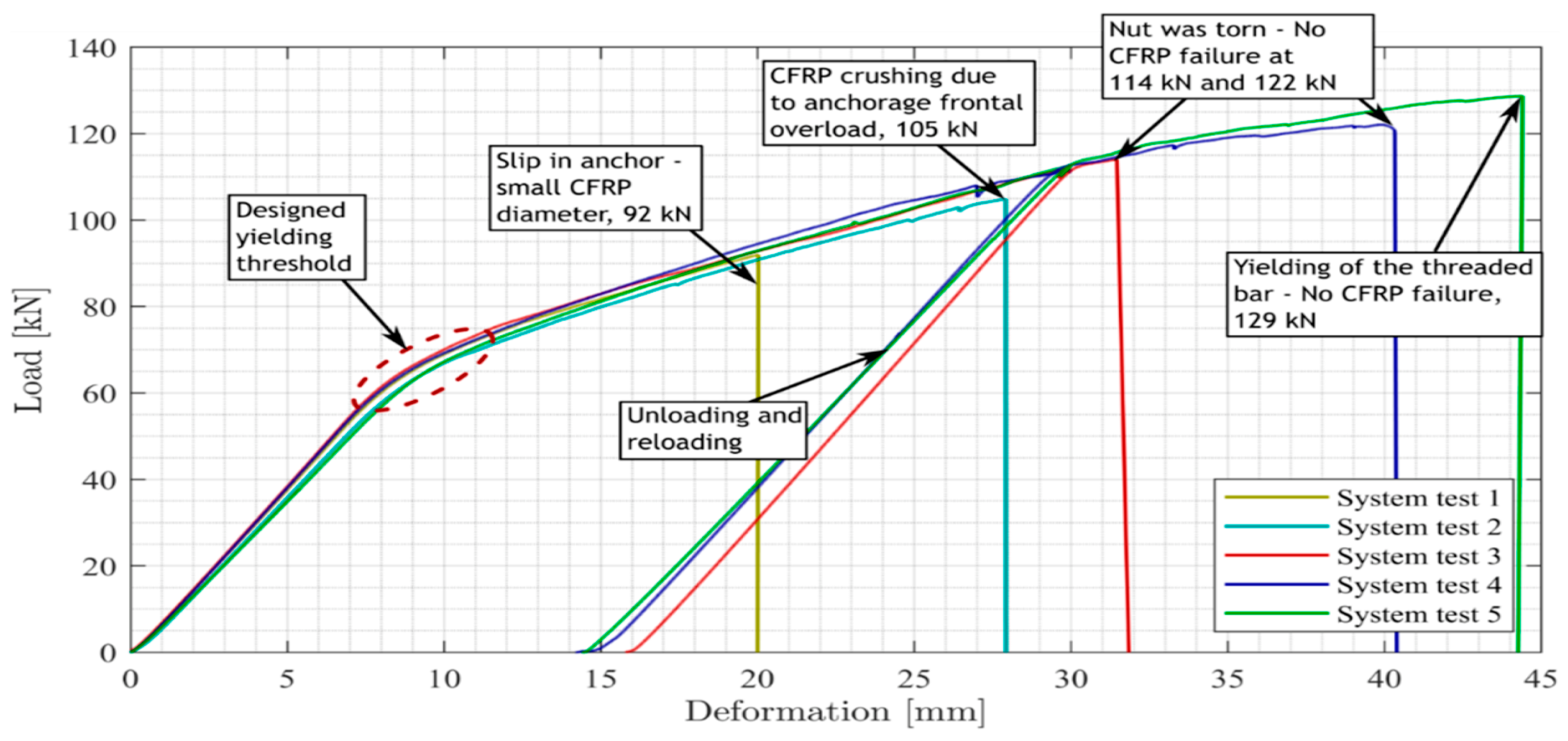







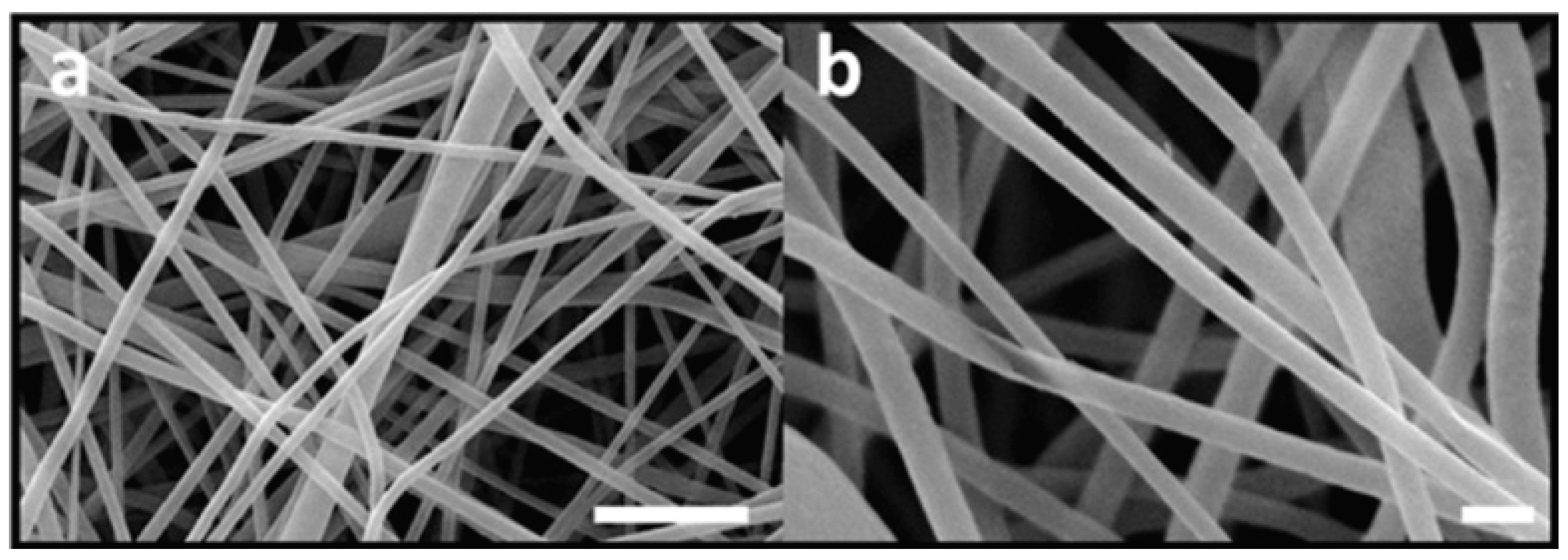
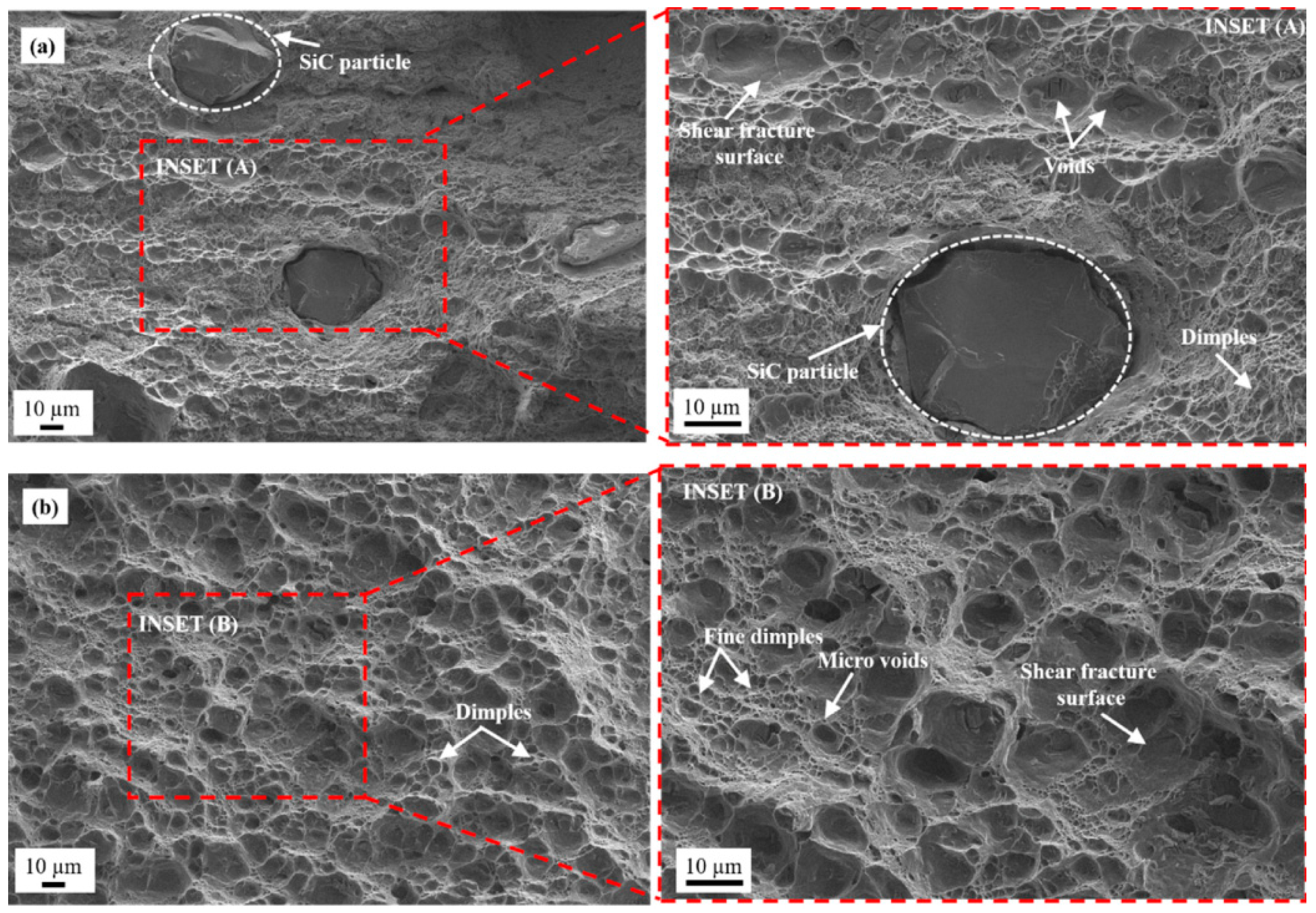

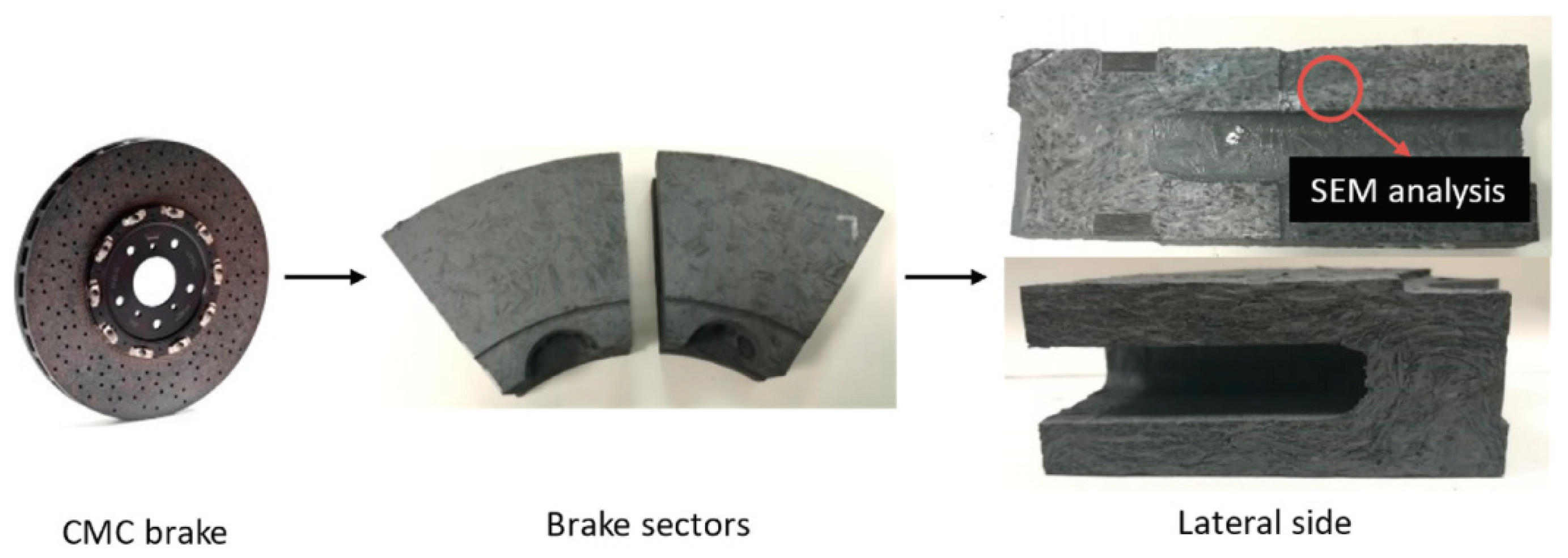
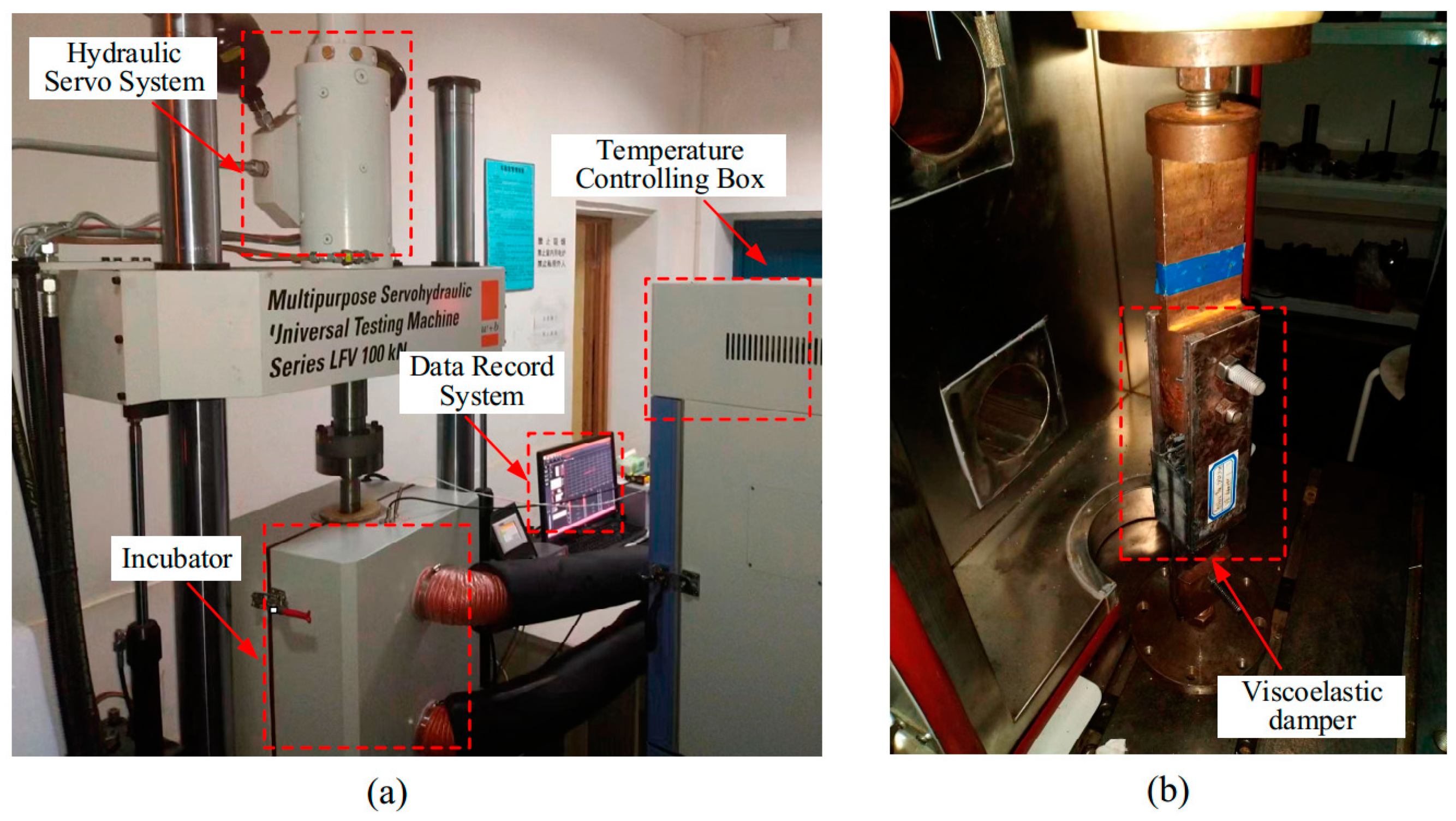
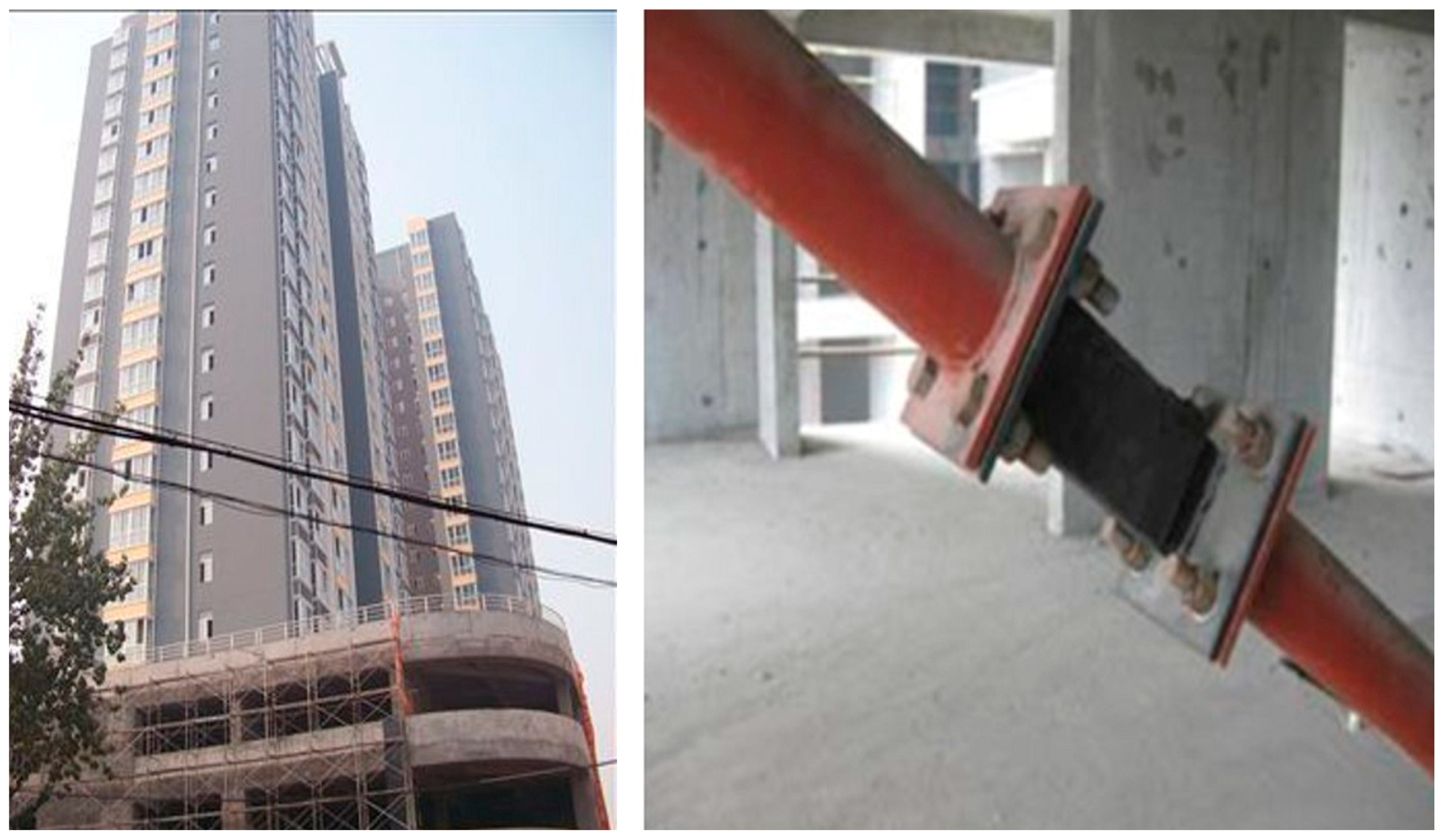

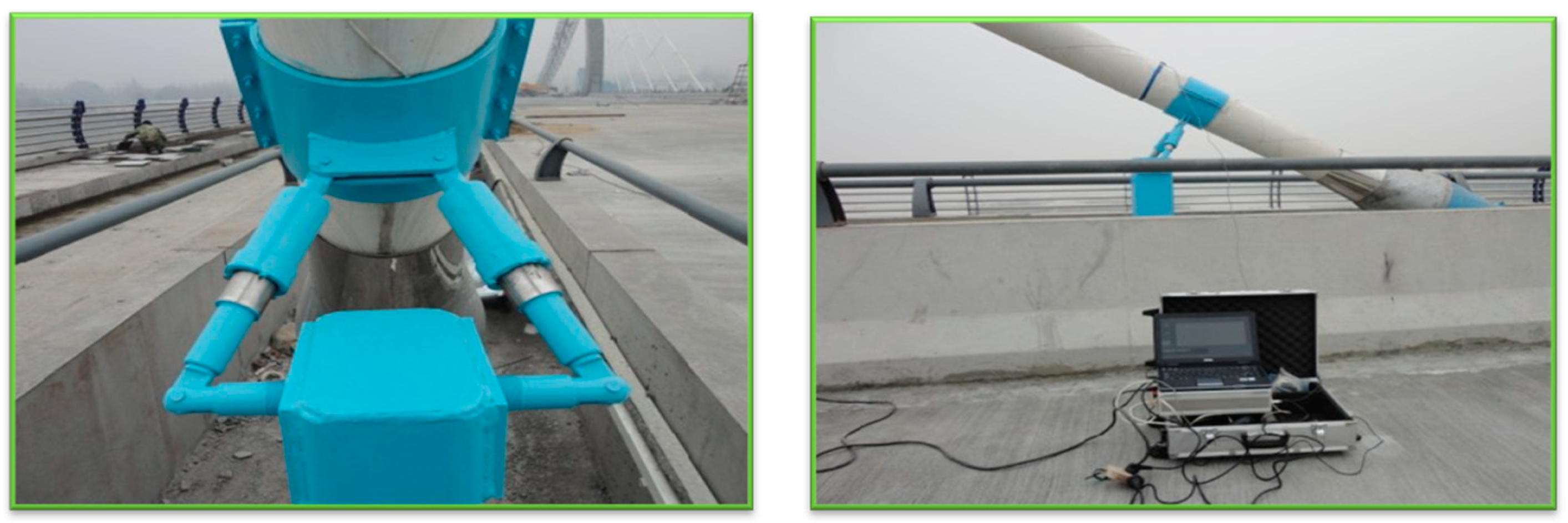

| Performance | CFRP | GFRP |
|---|---|---|
| mechanical properties | high strength and stiffness | good flexibility and impact toughness |
| fatigue performance | higher fatigue strength | poor fatigue performance |
| creep | good stability at high temperatures | poor stability at high temperatures |
| durability | good durability | relatively poor CFRP |
| cost | expensive | less expensive |
Disclaimer/Publisher’s Note: The statements, opinions and data contained in all publications are solely those of the individual author(s) and contributor(s) and not of MDPI and/or the editor(s). MDPI and/or the editor(s) disclaim responsibility for any injury to people or property resulting from any ideas, methods, instructions or products referred to in the content. |
© 2023 by the authors. Licensee MDPI, Basel, Switzerland. This article is an open access article distributed under the terms and conditions of the Creative Commons Attribution (CC BY) license (https://creativecommons.org/licenses/by/4.0/).
Share and Cite
Huang, X.; Su, S.; Xu, Z.; Miao, Q.; Li, W.; Wang, L. Advanced Composite Materials for Structure Strengthening and Resilience Improvement. Buildings 2023, 13, 2406. https://doi.org/10.3390/buildings13102406
Huang X, Su S, Xu Z, Miao Q, Li W, Wang L. Advanced Composite Materials for Structure Strengthening and Resilience Improvement. Buildings. 2023; 13(10):2406. https://doi.org/10.3390/buildings13102406
Chicago/Turabian StyleHuang, Xinghuai, Shaoyang Su, Zhaodong Xu, Qisong Miao, Wenfeng Li, and Lixin Wang. 2023. "Advanced Composite Materials for Structure Strengthening and Resilience Improvement" Buildings 13, no. 10: 2406. https://doi.org/10.3390/buildings13102406
APA StyleHuang, X., Su, S., Xu, Z., Miao, Q., Li, W., & Wang, L. (2023). Advanced Composite Materials for Structure Strengthening and Resilience Improvement. Buildings, 13(10), 2406. https://doi.org/10.3390/buildings13102406








